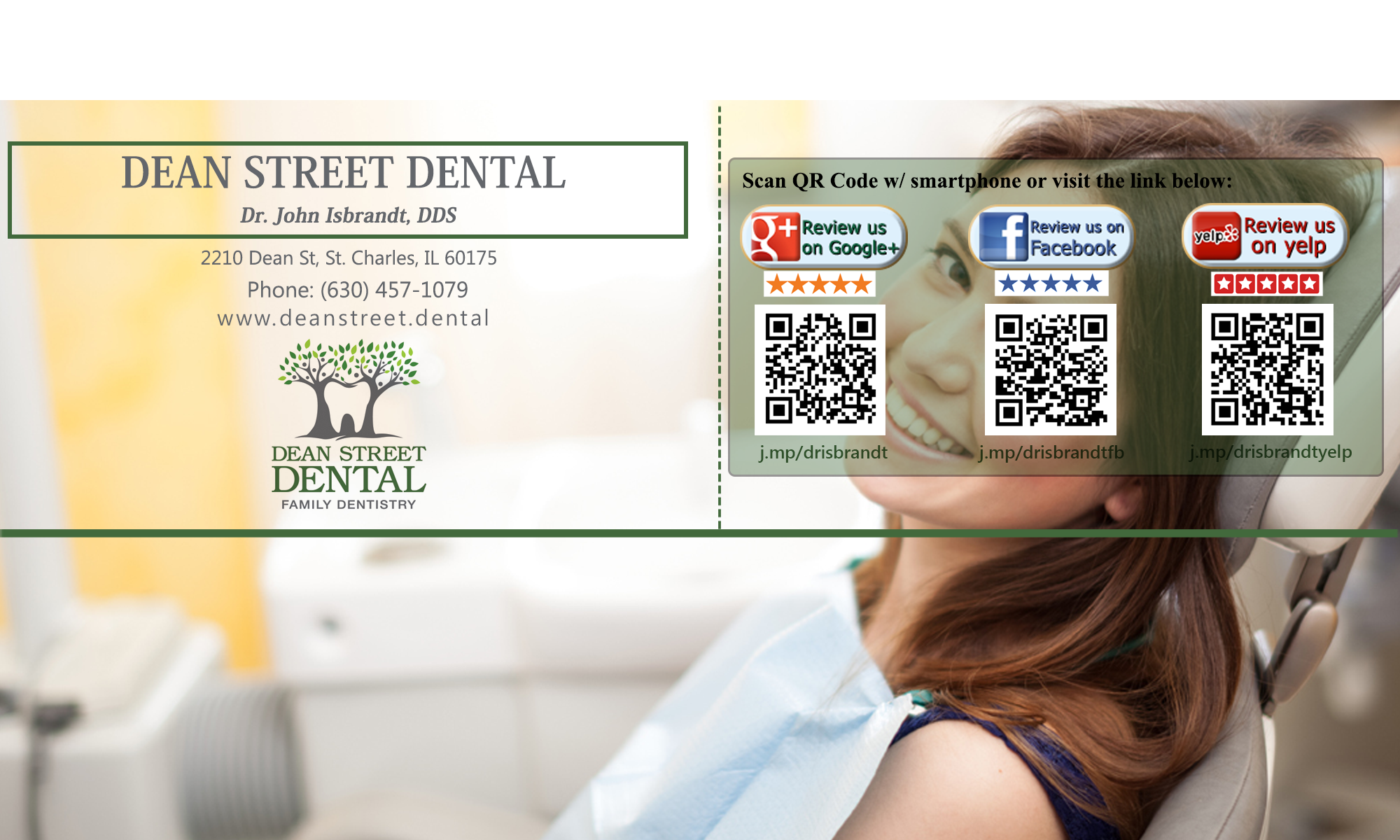You probably don’t give too much thought to the saliva in your mouth, but if you think of it like a bloodstream you’ll realize how important it is.
Like blood, saliva helps build and maintain the health of the soft and hard tissues.
It removes waste products from the mouth and offers first-line protection against microbial invasion that might lead to disease.
Saliva is derived from blood and therefore can also be used to detect disease.
Saliva enhances enamel protection by providing high levels of calcium and phosphate ions. It contains the minerals that maintain the integrity of the enamel surface and helps protect against caries.
When salivary flow is reduced, oral health deteriorates – much in the same way body tissues suffer if blood circulation is disrupted.
Patients with dry mouths (xerostomia) experience difficulty chewing, speaking and swallowing. A major cause of dry mouth is medication – almost eighty percent of the most commonly prescribed medications lead to dry mouth.
Chewing gum after a snack or meal stimulates salivary flow, clearing food from the mouth and neutralizing plaque acid.
Your saliva is important to your oral health both for preventing disease and in helping to diagnose problems.
